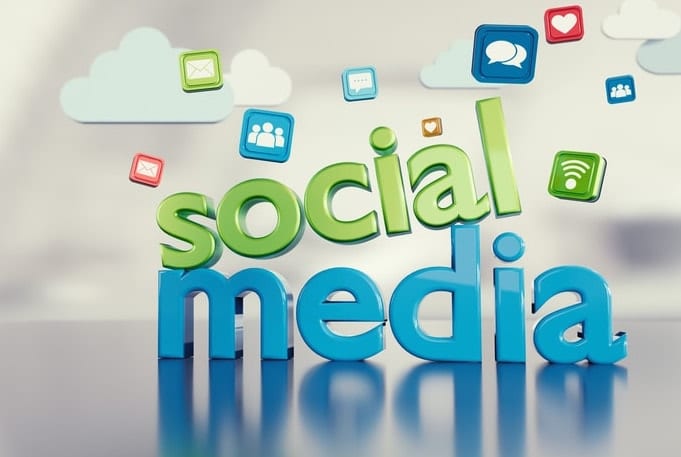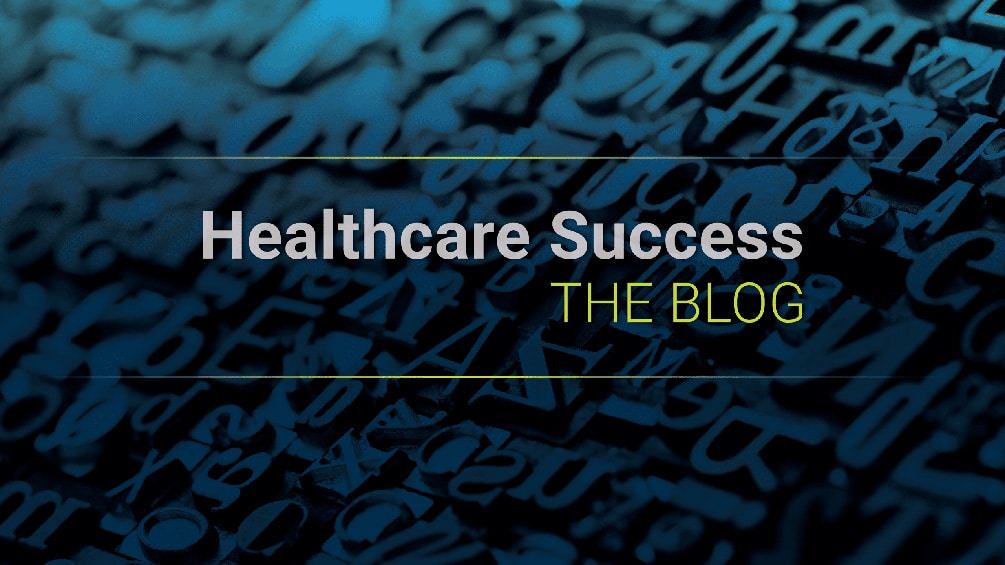How to Be Your Own Community Manager for Social Media
 [Community Manager Series Installment] Job titles and position descriptions will vary—social media manager, community manager, social media master or the like. But for social media (SM) to be effective, the first consideration is that someone is specifically responsible on a full-time or part-time basis. In healthcare marketing, social media shouldn't be an afterthought or a set-it-and-forget-it autopilot tool. Social media as a whole — including community management — needs to
[Community Manager Series Installment] Job titles and position descriptions will vary—social media manager, community manager, social media master or the like. But for social media (SM) to be effective, the first consideration is that someone is specifically responsible on a full-time or part-time basis. In healthcare marketing, social media shouldn't be an afterthought or a set-it-and-forget-it autopilot tool. Social media as a whole — including community management — needs to
have a purposeful, and well-planned strategy.
A social media manager, community manager or other social media assignment holds many responsibilities. Depending on the organization, one or more people will be responsible for critical tasks within a digital strategy:
- Facilitating paid social media, plan and budget (advertising or sponsored content)
- Facilitating unpaid, earned or organic social media opportunities
- Facilitating Internet visibility and reputation management
- Being interactive with the audience (Q&A, comments, feedback)
- Creating and posting fresh social content (to or from blog, SM channels)
- Growing and inspiring greater connectivity with new audience members
- Representing the organization or brand on social platforms
- Monitoring and responding to online comments, reviews and ratings
- Serving as a connecting point with established audiences
- Listening, identifying audience issues; responding
RELATED: How Social Media is Driving Today’s Healthcare Decisions
A proactive and successful social media plan reaches for and creates many benefits for the hospital, department or practice. It's a channel for continuing online visibility that attracts new patients. In addition to engaging patient/new patient connections and new business, some of the social media benefits and opportunities include:
- Assess, manage and extend public awareness, perception and branding
- Attract, recruit, retain and train professional colleagues
- Demonstrate advocacy, thought leadership and professional opinions
- Facilitate emergency/crisis/disaster communications
- Fundraising information, as appropriate, for non-profit and foundation purposes
- Promote a healthy lifestyle, compliance and personal health management
- Provides a friendly, low-key environment for timely interaction
- Provides awareness and education about specialty and experience
- Reach journalists, bloggers, advocates and opinion leaders
- Reveal the personalized, “people side” of providers and staff
- Showcase community activities and professional achievements
- Solicit ideas and exchange timely information
- Speak to individuals with common healthcare interests and issues
- Use success stories to illustrate capabilities
Putting Your Strategy to Work
Being a community manager for your organization’s digital presence is no small task. So, where do you begin? First, it’s important to list all of the digital properties where you may need to interact with patients. Some of these platforms may include:
- Google (on your Google listing)
- Yelp
- Physician listings — HealthGrades, Vitals, etc.
Next, plan how often you’re going to check these accounts. Are you going to set up notifications via email? Are you going to check daily? Weekly? Using a reputation management program like the proprietary program we offer our clients can certainly help you keep track of and respond to online reviews across multiple platforms.
Third, draft a few canned responses to address common concerns with your audience. Best practices are to have two to three responses at the ready each for positive and negative comments.
Here are a few other considerations when you’re drafting standard responses.
- Consider: “we (completely) understand your concern.”
- Be sympathetic. Even if the patient is flat out wrong, it’s important to take the “high road.” If a patient has gone as far as to leave a negative comment about their experience, they truly believe their concerns are warranted. Additionally, you don’t want to seem dismissive of a patient’s concern in the view of current or prospective patients.
- Use the commenter’s name in your response if possible--but be mindful of HIPAA considerations. This goes for both positive and negative reviews and is simply good customer service.
- Don’t engage in battle. This is probably the hardest to avoid, especially if a patient’s comments seem to attack the facility, practice or an employee. It’s to best to have the commenter call or email your organization to talk about their concern offline.
Fourth, respond in a timely manner. There’s a bit of leeway here, but a prompt response is best within a week or sooner if the review is inflammatory. If a patient has left a positive comment, a simple “like” for Facebook or a quick “thank you” is enough to show you care about current patients.
Last (but certainly not least), remember that as a Community Manager you are representing the whole of your organization — physicians, PAs, RNs, and office administrators. Respond to any comments or concerns with a name-branded account. And always be respectful.
Digital is the center stage for social media’s Community Manager…
The many and various facets of the Internet have become the digital picture window of every hospital, practice and provider. Today’s informed patient is guided by their own online research, the information they find from professional resources and consumer reviews and what others say about doctors, procedures and patient satisfaction.
More than at any time in the past, patients have become critical customers, where their healthcare purchase decisions are determined by what they discover online. They will share better than 30 percent of the information that they find via Facebook, Twitter, YouTube and other social sources.
RELATED REFERENCE: Watch for additional articles in this continuing education series. For more on this topic, read: 7 Secrets to Share-ability Versus Invisibility on Facebook.








